Eilat Mountains are a mountain range in southern Israel next to Eilat. There are fantastic trails there to explore! So let’s go exploring! These mountains got their name from the nearby city of Eilat. By the way, it is kind of similar to the biblical name of the town Eilot (Eiloth). Which was located where today the city of Eilat is found. Also, Timna Park belongs to the Eilat Mountains. The area offers terrific trails like the Red Canyon and outstanding views. Among the central block of mountains, Mount Hezekiah is the highest, followed by Mount Solomon.
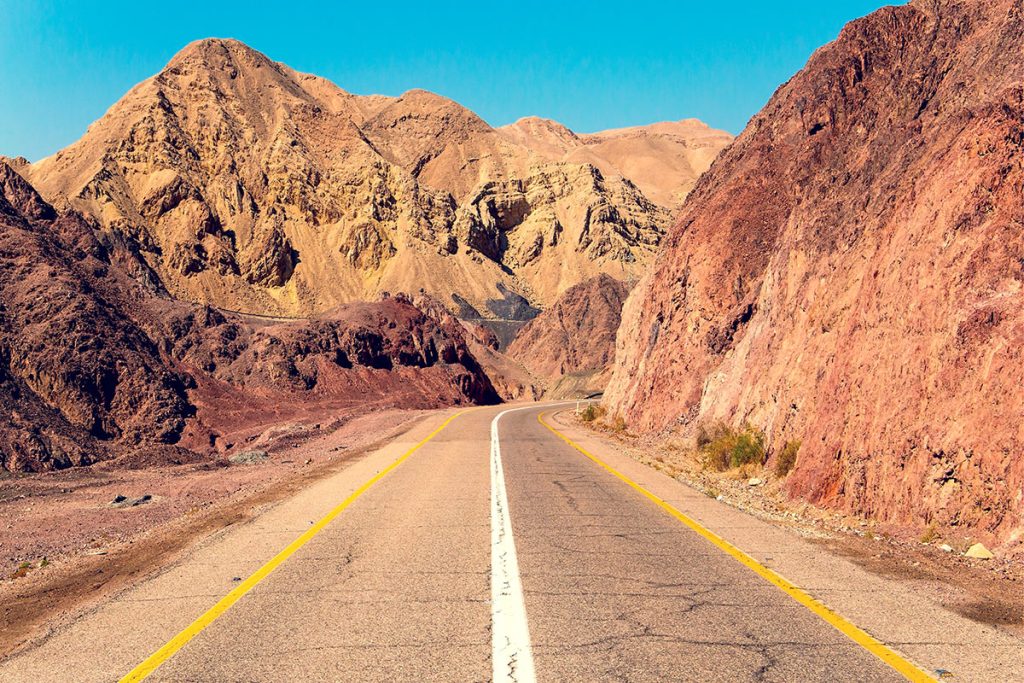
Eilat Mountains: Its Geology and Formation
Three Main Geological Processes Formed the Eilat Mountain:
- The formation of the Arabian-Novi shield, which is, in short, an exposure of Precambrian crystalline rocks on the flanks of the Red Sea as part of the East African orogen. In the mountains of Eilat, the rocks of the Arabian-Nubian shield are exposed in a strip that stretches from the Taba area in the south to the northernmost outcrop found in the Timna Valley and the Moon Valley northwest of Eilat.
Timna Park
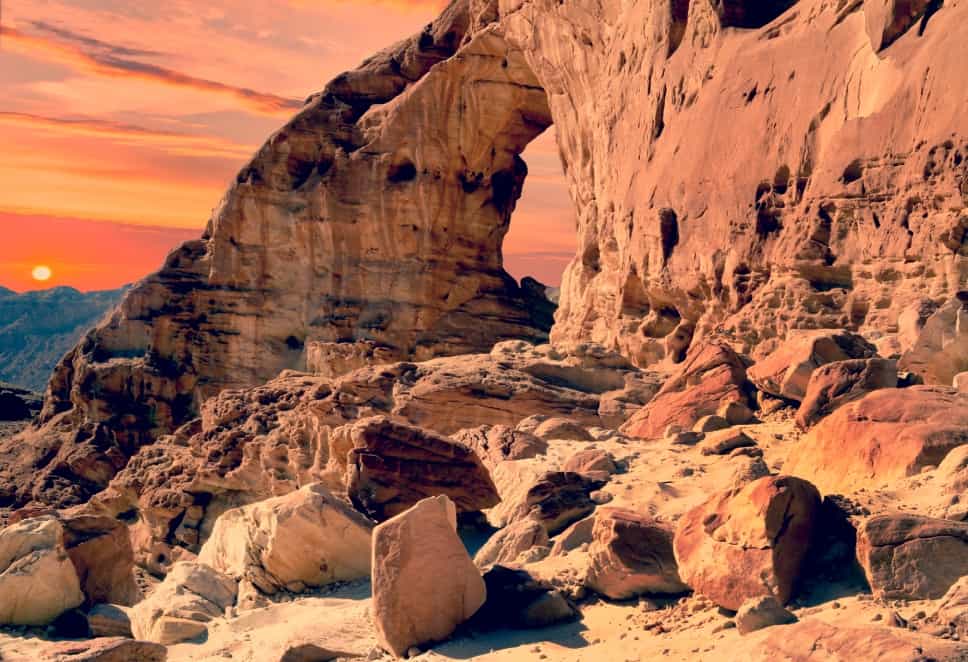
- Accumulation of sedimentary rocks on the Arabian plate; on the southeastern fringes of the Paleo-Tethys and Tethys, from the Cambrian to the Eocene.
- The formation of the Dead Sea Rift as a left-wing geological fault, starting with the Miocene, as a boundary between the Arabian plate in the east and the African plate in the west.
The Rocks that Make the Mountains of Eilat
The rocks that make up the Eilat Mountains are, for the most part, magmatic rocks and, a more minor part, metamorphic rocks and volcanic rocks. The earliest rocks belonging to the Arabian-Nubian massif in the Eilat mountains are the metamorphic rocks. Their age exceeds 850 million years, and they are the earliest rocks in Israel.
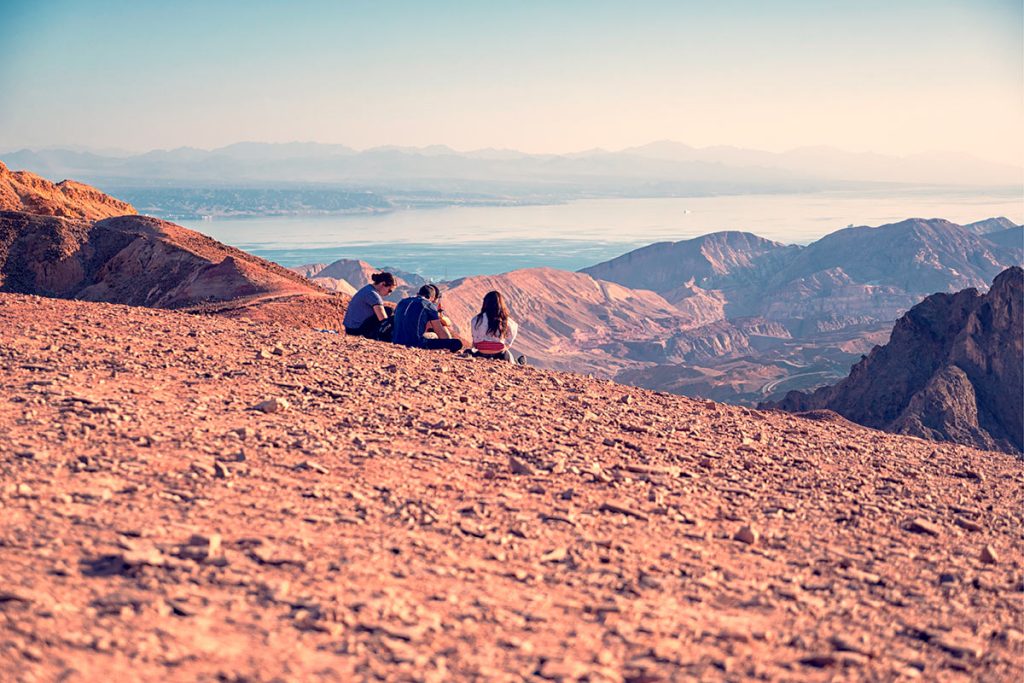
The Geology of Eilat Mountain Range
So the formation of the metamorphic rocks is related to the processes of reduction of the oceanic crust that occurred
So the formation of the metamorphic rocks is related to the processes of reduction of the oceanic crust that occurred in the area. The most common metamorphic rocks in the Eilat Mountains are Shist and Gneiss (like in Mt. Zefahot – in English: Mt. Schist, which is ironic since it does not consist of shicst but Gneiss).
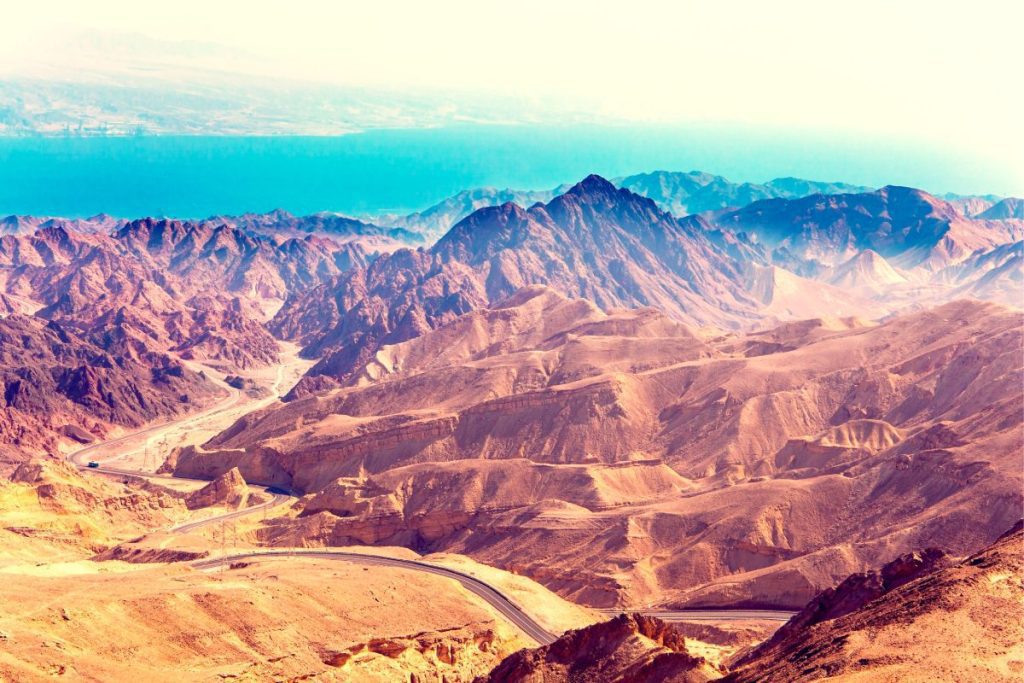
Also, most of the rocks that make up the Arab-Nubian massif in the Eilat area are plutonic rocks. The most prominent of these are granite. Then about 640 million years ago, a massive intrusion of plutonic bodies into the metamorphic rocks began. Some of these bodies crystallize at a depth of a few kilometers (5-12 km); and become, among other things, granite rock.
A more minor part that “managed” to erupt the Earth’s crust; rises to the surface and solidify; becomes volcanic rock (basalt, Rhyolite, and more). Granite rocks are common on Mount Yedidya, Mount Yehoshafat, Mount Shachmon, and Mount Timna. In fact, the dark landscape of Mount Neshef and Mount Amram is built of Rhyolite. About 540 million years ago, the process of forming the new terrestrial crust in our region ended. From now on, the Arab-Novi massif was added to the African tectonic plate.
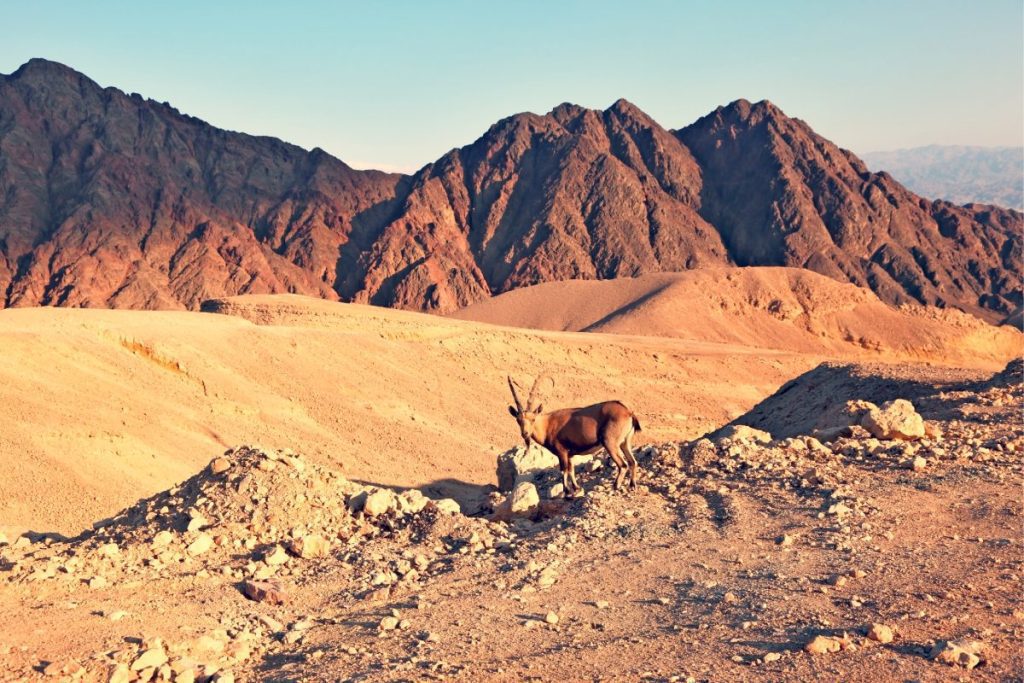
When orogenic activity waned at the end of the Precambrian (540 million years), weathering and erosion forces cut off large parts of the mountain ranges and created a large-scale peneplain. On the top of the Arab-Nubian massif, above the peneplain, sedimentary rocks that covered the rocks of the continental basement were layered over time. The oldest layers of sedimentary rocks, which lie directly on the peneplain rocks, are about 530 million years old.
Incredible Hikes in the Area You Can Do From Eilat
Mount Solomon:
Mount Solomon, which is 705 meters high, is one of the oldest mountains in the Eilat mountain range. Its age is estimated at hundreds of millions of years more than most of the mountains around it. It is about 500 million years older than Mount Yehoram next to it. The hill is made of magmatic and metamorphic rocks, and therefore its color is black. The mountain is named after King Solomon, who built the mines there.
Red Canyon
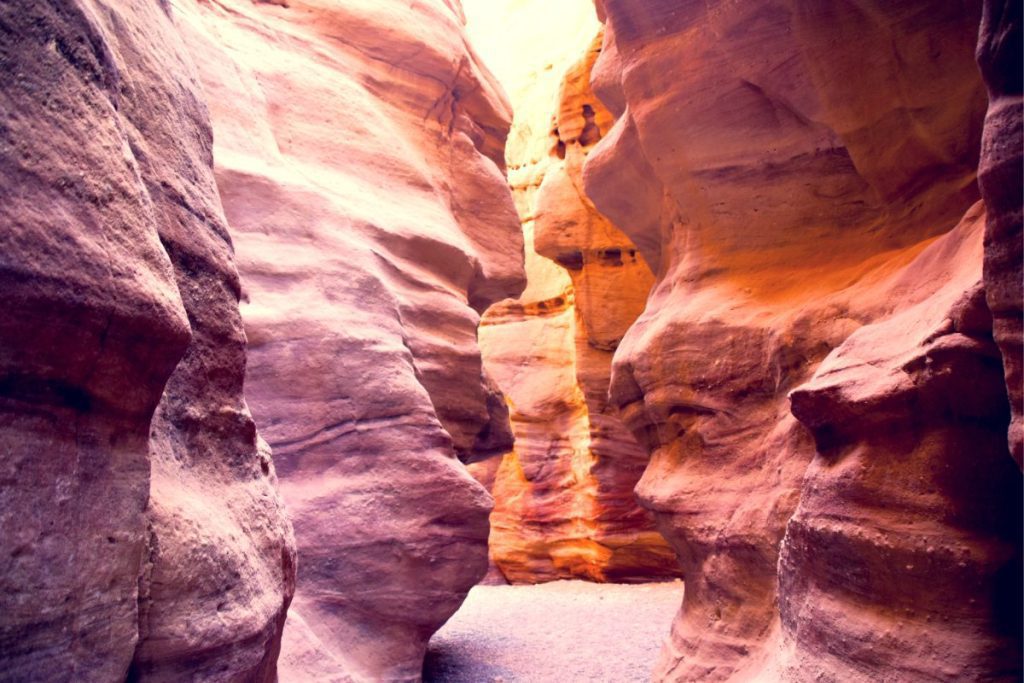
Mount Solomon was supposed to be the highest mountain among the mountains, named after one of the kings of Judah, but King Hezekiah was named after a hill higher than Solomon’s. This is because, in the days of Hezekiah, the rule of the kingdom of Judah was restored to this region after a prolonged revolt of the Reds. The top of the mountain is connected by marked paths to Mount Yehoram, Nahal Shlomo, and Road 12, as well as Nahal Netafim. The marked trails in Mount Solomon are characterized by particularly sharp steepness due to the general structure of the mountain.
A Hike Suitable For Those Using Public Transportation
In the marked path that connects Nahal Shlomo and Mount Yehoram to the top of the mountain, metal railings were installed in the early 2000s that make it easier to ascend and descend. For the marked path that connects Nahal Netafim to the top of the mountain, various metal aids that facilitate the ascent and descent in 10 different places have been installed before, and over the years, the same aids have been improved in a way that further facilitates the ascent and descent.
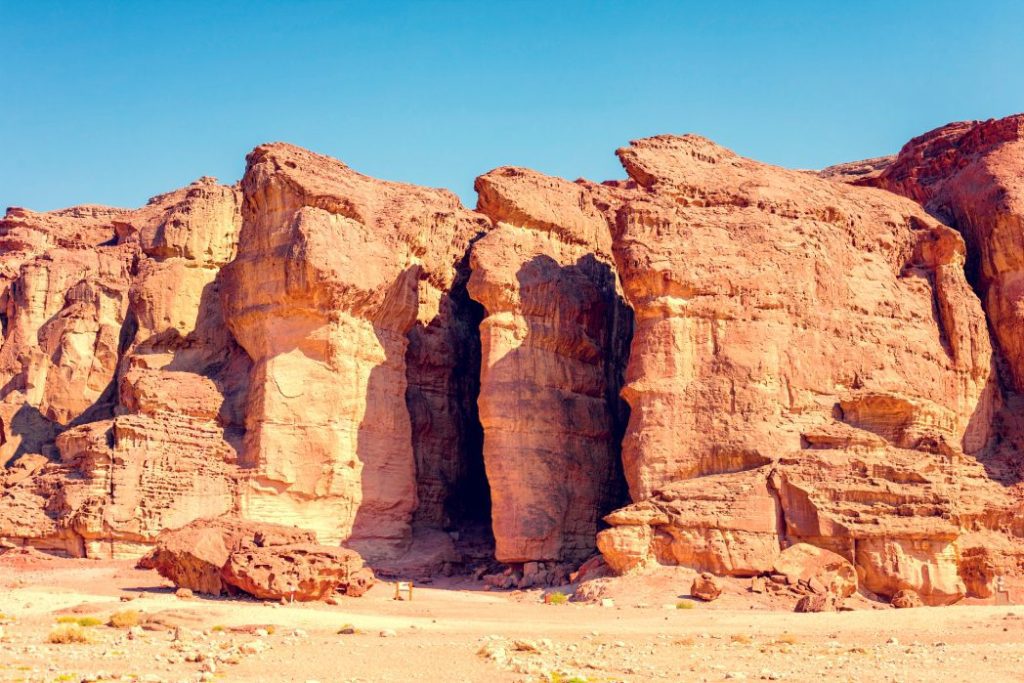
Even after all those improvements, this is a steep and dangerous route for experienced hikers only. At the foot of the mountain is a stone slab with an inscription indicating that where it is located, a geological fault line passes that reveals natural phenomena that are 500 million years old. The Har Shlomo routes are suitable for tourists going on public transportation due to their close proximity to the city of Eilat, as well as the route of bus line number 392, which travels via the Eilat mountains.
So If you want to know more about this subject and more please check out my blog!







